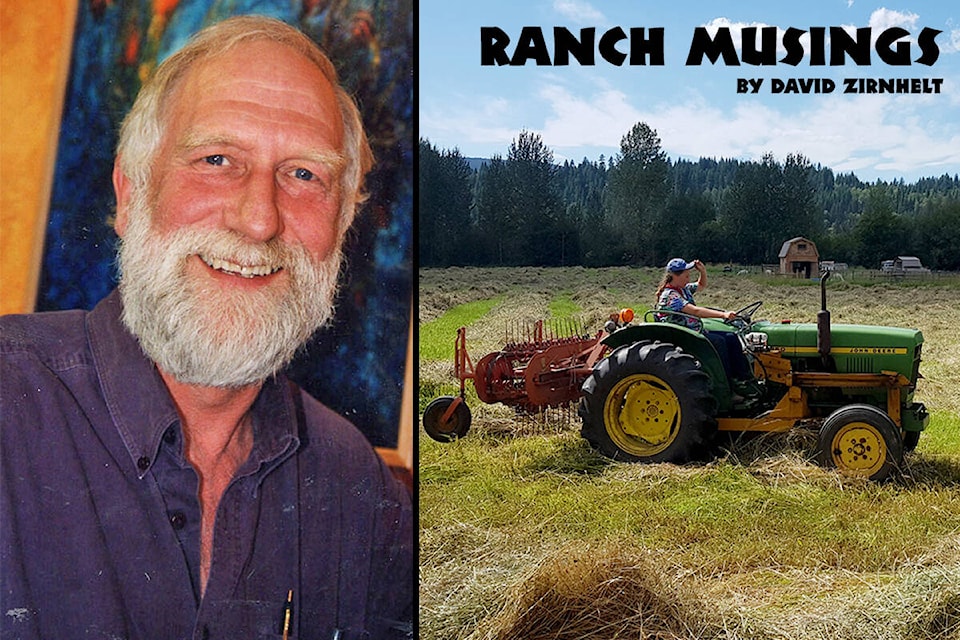This article is inspired by a recent book by Ilse Kohler-Rollefson a German-trained veterinarian. It is titled: Hoofprints on the Land.
The introduction to her book, giving her credentials in the cattle raising community, is written by Dr. Fred Provenza, retired professor of behavioral ecology, Department of Wildland Resources, Utah State University, author of Nourishment.
Kohler-Rollefson operates a camel milk facility in Northern India and has founded the League for Pastoral Peoples, an international advocacy organization that is giving voice to herders at the global level.
Critics of livestock agriculture have not kept up with the evolving analysis of the environmental upside of raising livestock on the vast pasturelands of the world.
The most cutting critiques of livestock agriculture suggest that domestic livestock is the most dangerous technology in the world. They were catching headlines during recent climate talks.
When it comes to emissions, intensive livestock feeding systems are cited as among the worst emitters.
However, this criticism ignores the size and importance of the traditional herders who “herd” livestock. These cultures are often nomadic and take their livestock to those lands upon which virtually no other food is grown.
Livestock that is herded in the world by pastoralists include: reindeer, yaks, water buffaloes, one-humped camels, two-humped camels, cattle, sheep, horses, donkeys, llamas, alpacas and goats.
To put the land base of herding agriculture into perspective, the Food and Agriculture Organization of the United Nations(FAO) classifies just over a third, 37per cent of the global land mass, as “agricultural land.”
But not all of these lands can grow “crops”. Only about one-third of agricultural land, or 11 per cent of the global land mass, can grow crops.
The rest of the agricultural land is not suited for crops: too hot, too cold, rocky, steep, little rainfall. These are classified as “permanent pastures”. The only way to produce food there is with livestock. “…two-thirds of agricultural land can only be used for food production by raising animals.”
This is a sobering thought!
What Europeans and late developing nations have done is to colonize the herding peoples and legally try to make them sedentary (staying in one place) thus restricting the pastoralists’ presence on the rangelands which are commonly held areas.
To be continued next week
READ MORE: RANCH MUSINGS: More on the culture of ranching in B.C.
Do you have a comment about this story? email:
editor@wltribune.com
Like us on Facebook and follow us on Twitter.
